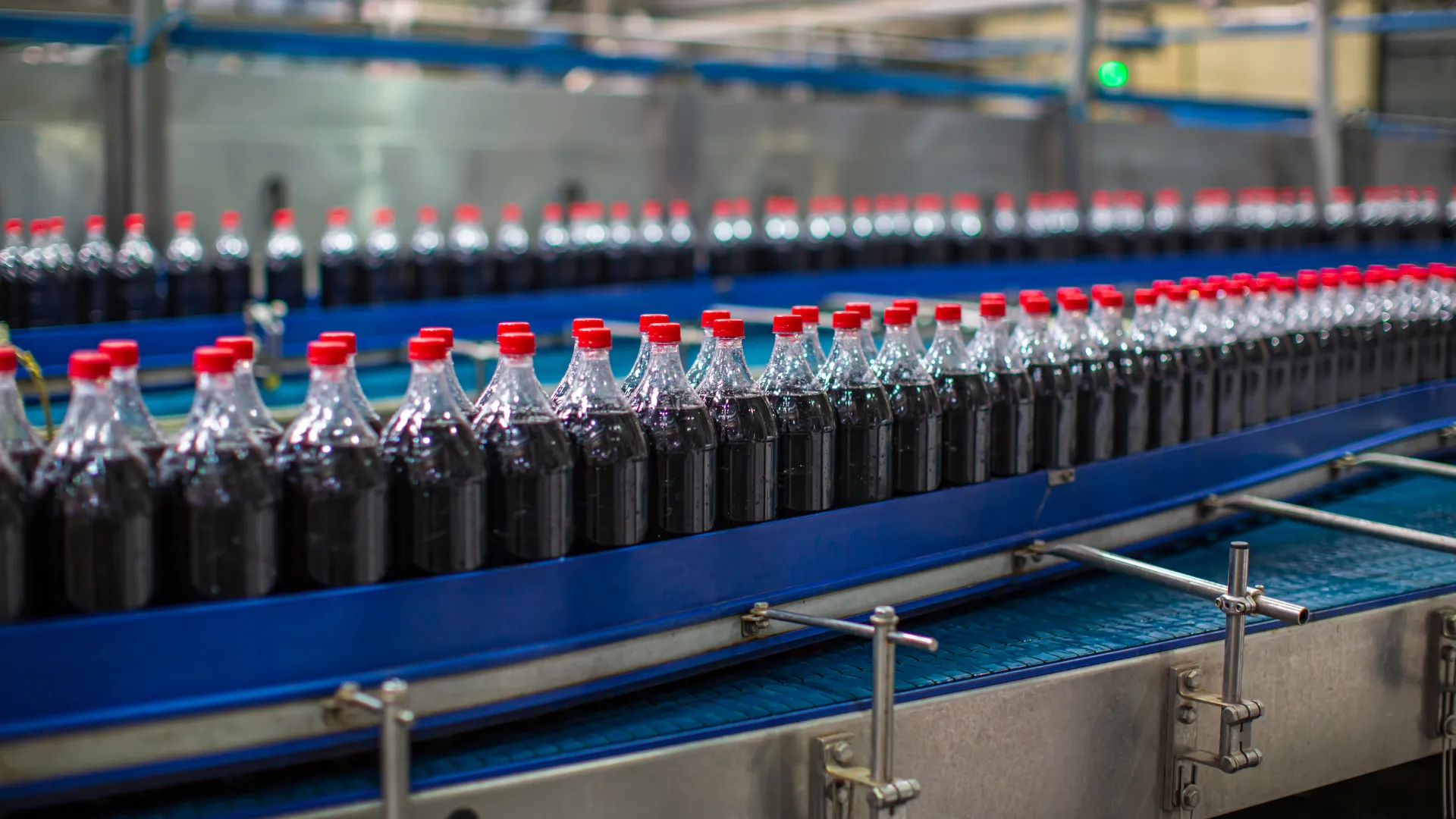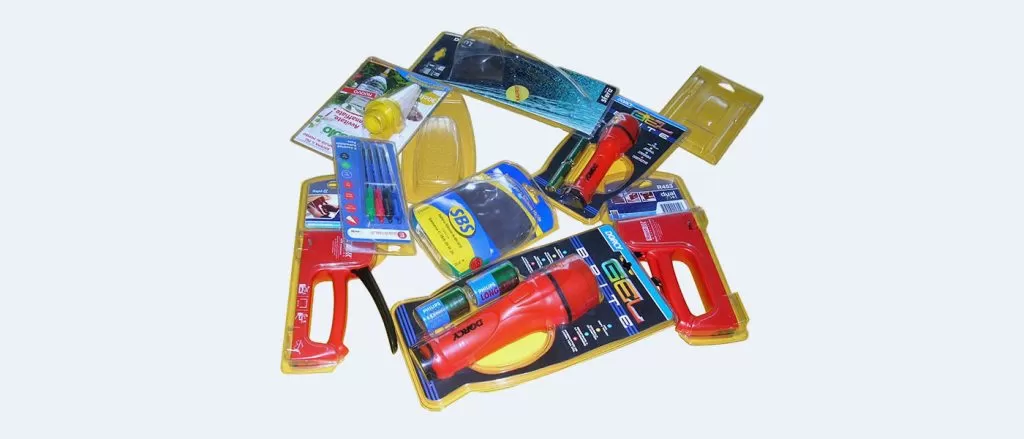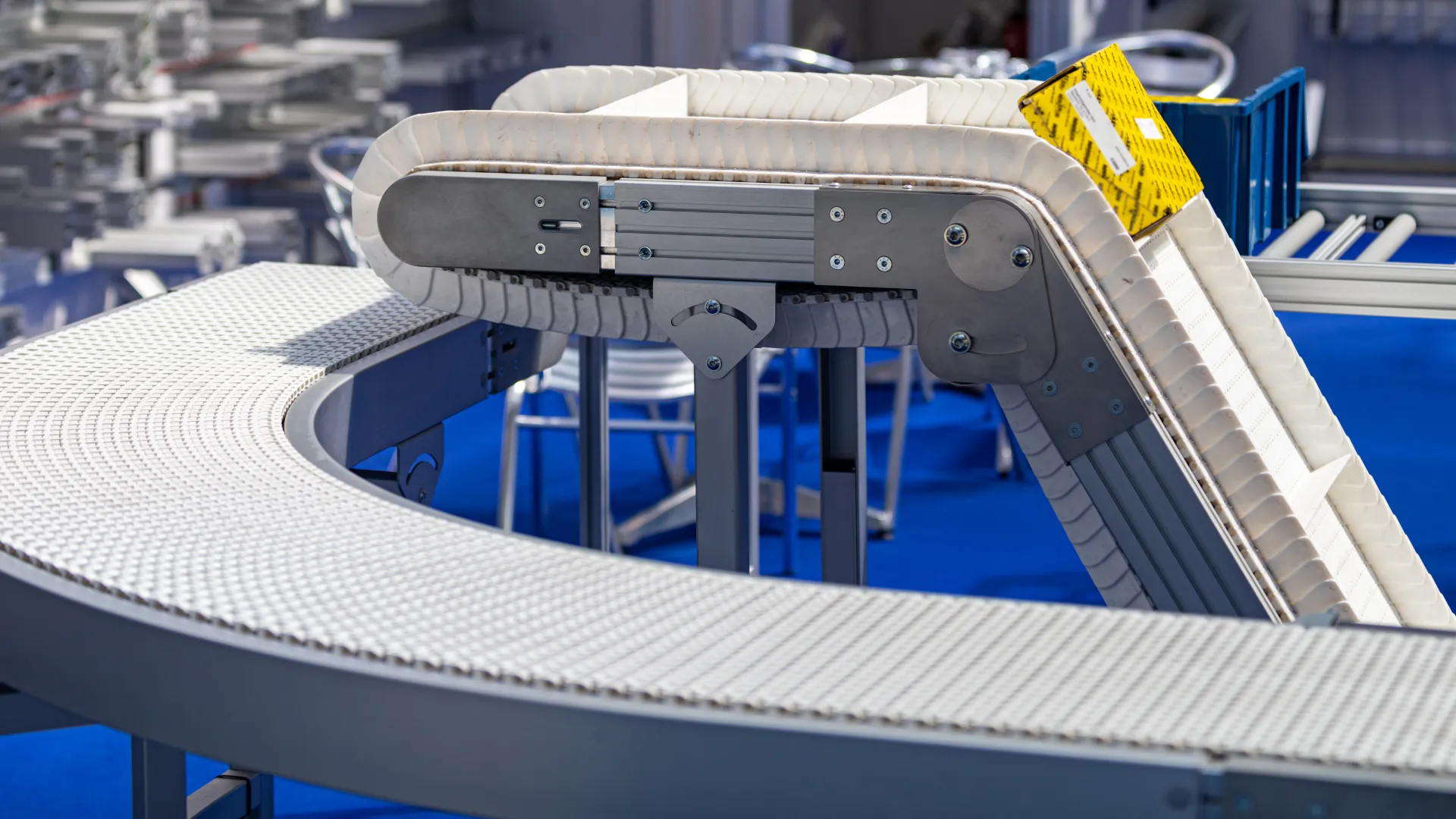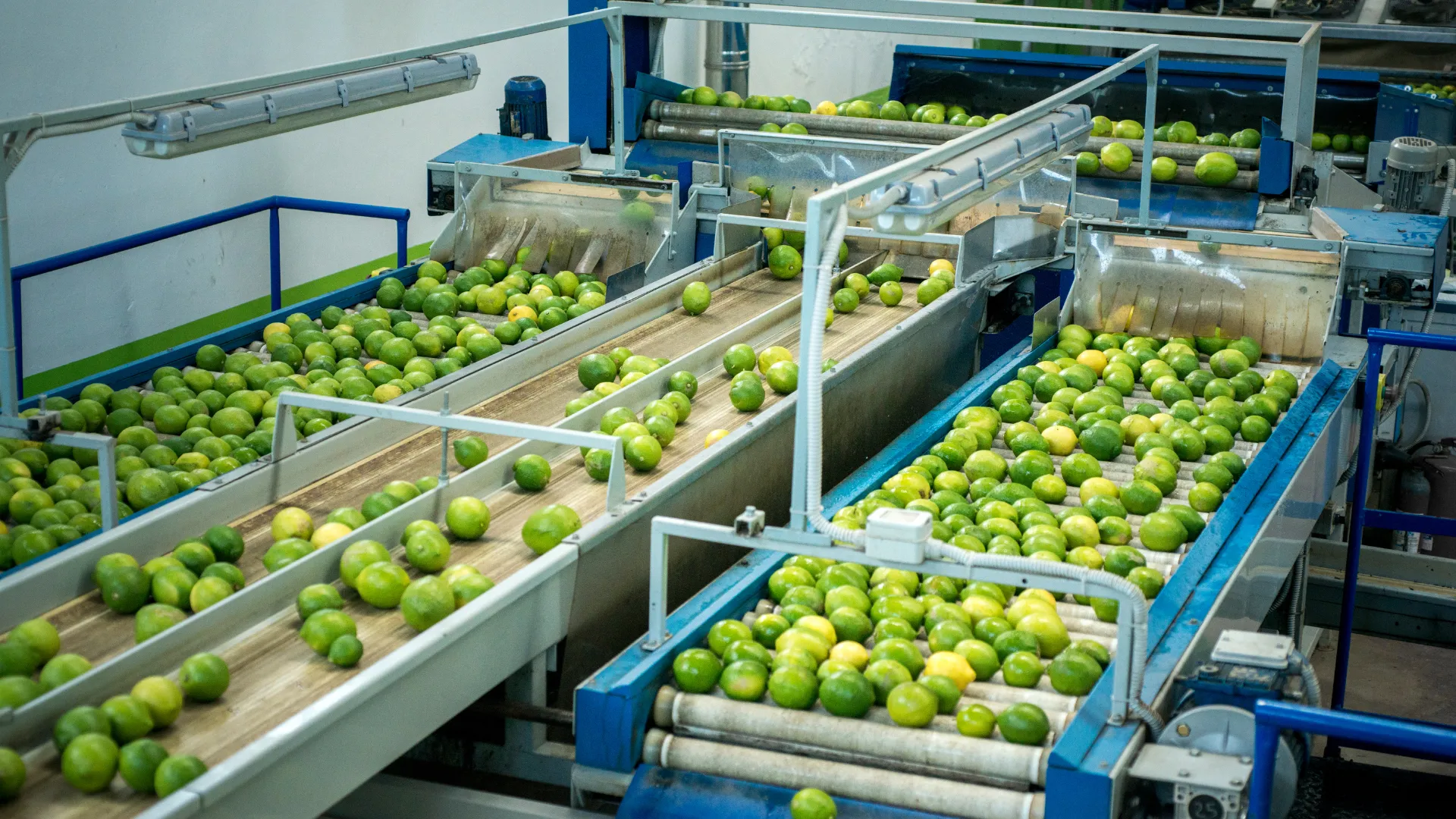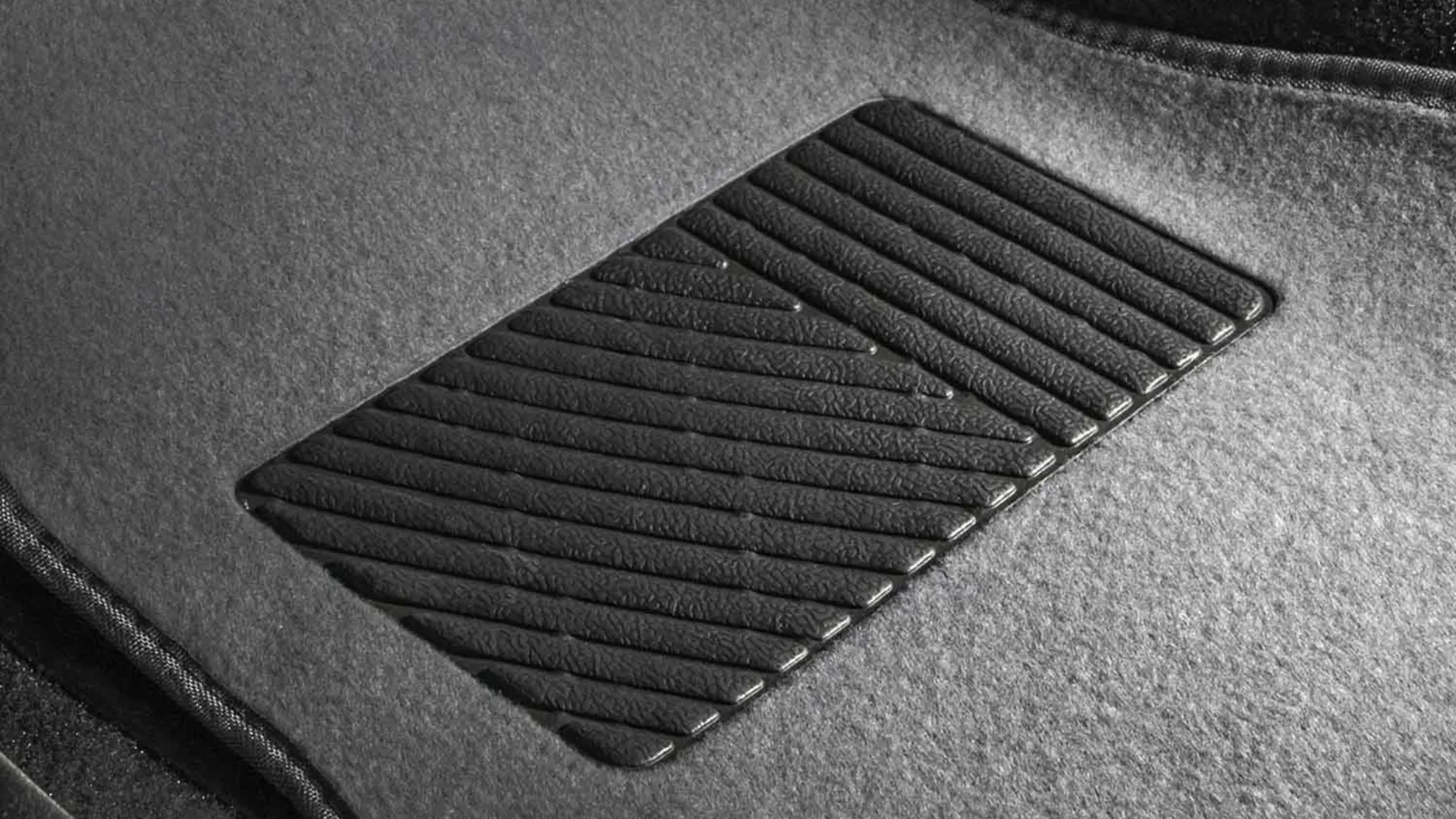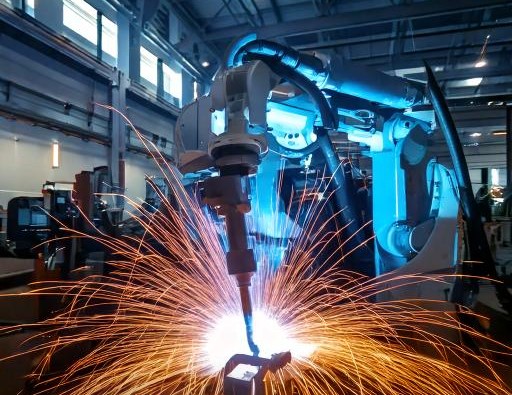In the competitive world of industrial automation, production efficiency and final product quality are two essential pillars. In this context, REG Galbiati S.r.l. stands out as a leader in designing and manufacturing custom machinery for the conveyor belt sector, playing a key role in enhancing the performance, durability, and reliability of industrial systems.
Innovation and precision of REG Galbiati’s machines
The machines developed by REG Galbiati S.r.l. are engerneered using advanced technologies and high-quality materials, aiming to optimize every stage of rubber and PVC conveyor belt processing. The company offers tailor-made solutions for operations such as:
- Precision cutting of conveyor belts
- Automatic edge trimming and finishing
- Lamination and bonding of technical materials
- Controlled calendering and pressing
Each machine is designed to ensure repeatability, millimetric precision, and high productivity, while reducing waste and downtime.
How does it improve the final product quality?
Using REG Galbiati solutions has a direct impact on the quality of industrial conveyor belts. Thanks to precise tolerance control and consistent processing, the final products are more durable, reliable, and resistant, even under the most demanding conditions.
Specifically:
- Structural defects and cutting imperfections are minimized
- Adhesion between material layers is significantly improved
- Dimensional consistency is enhanced, which is crucial for in-line efficiency
Fields of Application
REG Galbiati machines are used across a wide range of industrial sectors, including:
- Material handling and logistics
- Food and pharmaceutical
- Packaging and wrapping
- Recycling and waste treatment
- Automotive and metallurgical
In each of these fields, the quality of conveyor belts is a critical factor and REG Galbiati’s solutions serve as a strategic partner for companies striving for excellence.
Chosing REG Galbiati machines means investing in high performance, reliable technology that enhances product quality and boosts the efficiency of the entire production process. In a market increasingly focused on precision and sustainability, relying on these solutions is the key to standing out.

